Some stinky Hoya relatives
mdahms1979
13 years ago
Related Stories

LIFEThe Polite House: On Dogs at House Parties and Working With Relatives
Emily Post’s great-great-granddaughter gives advice on having dogs at parties and handling a family member’s offer to help with projects
Full Story
LIFEHouse Rule: Off With Your Shoes
Do you prefer your guests to go shoeless in your house? Here are some ways to encourage stockinged feet
Full Story
FUN HOUZZ10 Things People Really Don’t Want in Their Homes
No love lost over fluorescent lights? No shocker there. But some of these other hated items may surprise you
Full Story
SELLING YOUR HOUSEKitchen Ideas: 8 Ways to Prep for Resale
Some key updates to your kitchen will help you sell your house. Here’s what you need to know
Full Story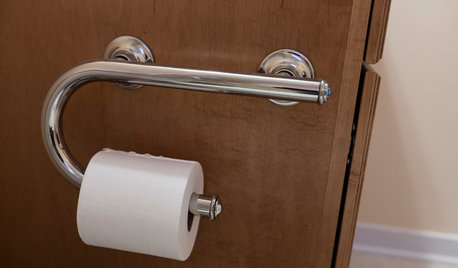
LIFEThe Absolute Right Way to Hang Toilet Paper. Maybe
Find out whether over or under is ahead in our poll and see some unusual roll hangers, shelves and nooks
Full Story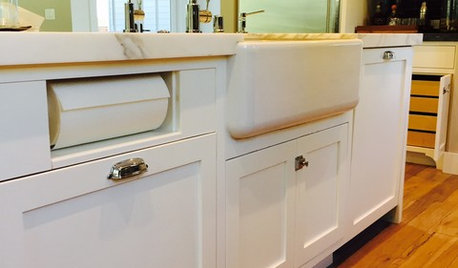
KITCHEN DESIGNKitchen Details: Out-of-Sight Paper Towel Holder
See how some homeowners are clearing the counter of clutter while keeping this necessity close at hand
Full Story
PETS5 Finishes Pets and Kids Can’t Destroy — and 5 to Avoid
Save your sanity and your decorating budget by choosing materials and surfaces that can stand up to abuse
Full Story
LIFEThe Top 5 Ways to Save Water at Home
Get on the fast track to preserving a valuable resource and saving money too with these smart, effective strategies
Full Story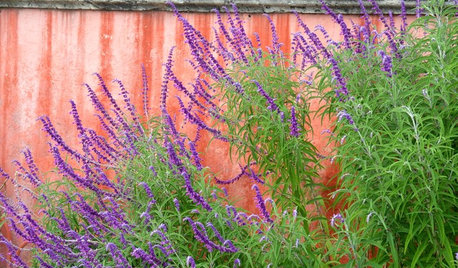
GARDENING GUIDES10 Plants for Colorful Fall Blooms in the Drought-Tolerant Garden
Want fall color but not a big water bill? Consider these not-too-thirsty fall bloomers
Full Story
SELLING YOUR HOUSE5 Savvy Fixes to Help Your Home Sell
Get the maximum return on your spruce-up dollars by putting your money in the areas buyers care most about
Full StorySponsored






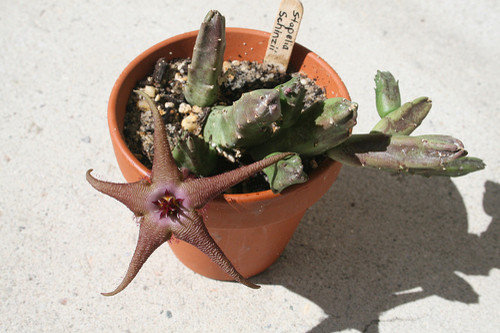
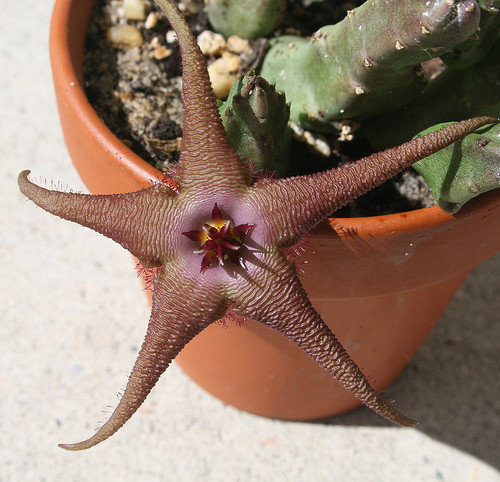
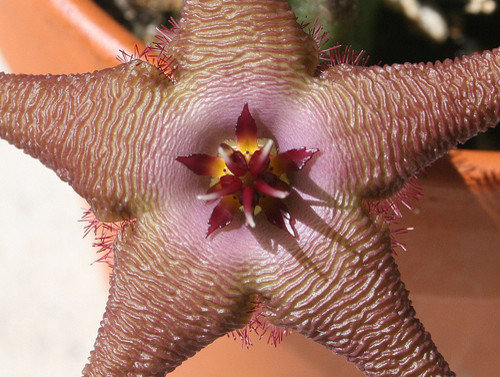
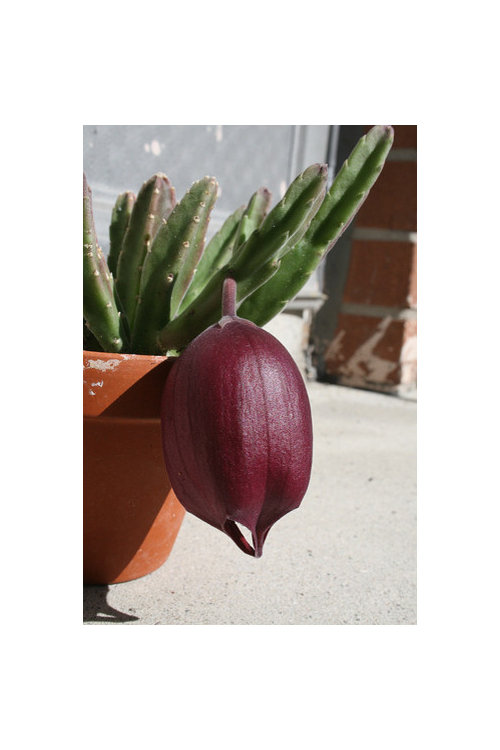
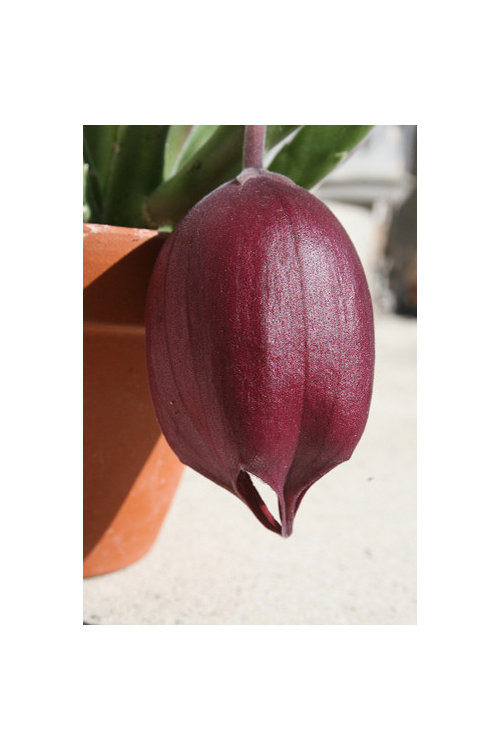
Jan Sword-Rossman Realty 239-470-6061
greedygh0st
Related Professionals
West Milford Landscape Architects & Landscape Designers · Garden City Landscape Architects & Landscape Designers · Harrison Landscape Architects & Landscape Designers · Cicero Landscape Contractors · Downey Landscape Contractors · Fruit Heights Landscape Contractors · Holtsville Landscape Contractors · Lyndhurst Landscape Contractors · Oviedo Landscape Contractors · Peoria Landscape Contractors · Severna Park Landscape Contractors · West Haverstraw Landscape Contractors · Wethersfield Landscape Contractors · Merrifield Landscape Contractors · Grayslake Driveway Installation & Maintenancemdahms1979Original Author
kellyknits
mdahms1979Original Author
kellyknits
mdahms1979Original Author
greedygh0st
kellyknits
mdahms1979Original Author
teisa
mdahms1979Original Author
karyn1
mdahms1979Original Author
quinnfyre
karyn1
mdahms1979Original Author
karyn1
kellyknits
mdahms1979Original Author
karyn1
dmichael619
mdahms1979Original Author
dmichael619
mdahms1979Original Author